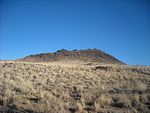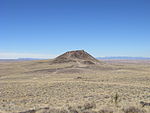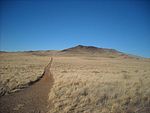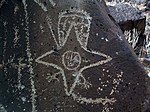Double Eagle II Airport

Double Eagle II Airport (ICAO: KAEG, FAA LID: AEG) is a public airport located seven miles (11 km) northwest of the central business district of Albuquerque, a city in Bernalillo County, New Mexico, United States. It is owned by the City of Albuquerque.Located on the far west side of the city, it is Albuquerque's second airport after Albuquerque International Sunport. Construction began in 1982, and the airport was named for the Double Eagle II balloon, the first balloon to cross the Atlantic Ocean, piloted by Ben Abruzzo, Maxie Anderson, and Larry Newman. Although most U.S. airports use the same three-letter location identifier for the FAA and IATA, Double Eagle II is assigned AEG by the FAA but has no designation from the IATA (which assigned AEG to Aek Godang Airport in Padang Sidempuan, Sumatra, Indonesia).General aviation, air ambulance, corporate flights, military flights, training flights, charter, and private make up approximately 80,000 annual operations. Utilicraft Aerospace Industries announced in 2005 that it had secured a major investment from the Navajo Nation to build Utilicraft FF-1080 cargo aircraft at Double Eagle II. The deal later fell apart and no planes were built, though the company continued to seek other funding.
Excerpt from the Wikipedia article Double Eagle II Airport (License: CC BY-SA 3.0, Authors, Images).Double Eagle II Airport
Double Eagle Airport Road Northwest, Albuquerque
Geographical coordinates (GPS) Address Nearby Places Show on map
Geographical coordinates (GPS)
| Latitude | Longitude |
|---|---|
| N 35.145277777778 ° | E -106.79527777778 ° |
Address
C@04/22
Double Eagle Airport Road Northwest
Albuquerque
New Mexico, United States
Open on Google Maps






